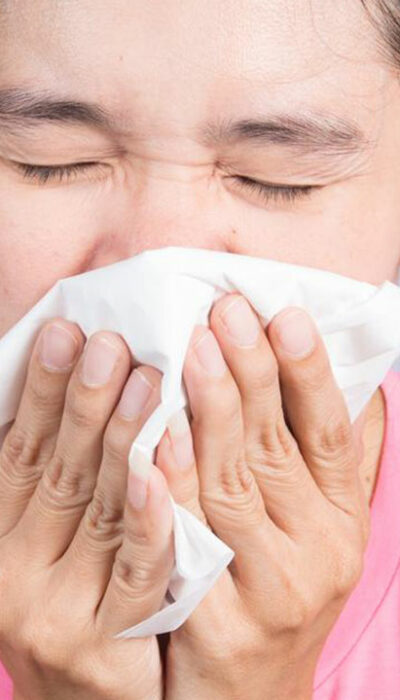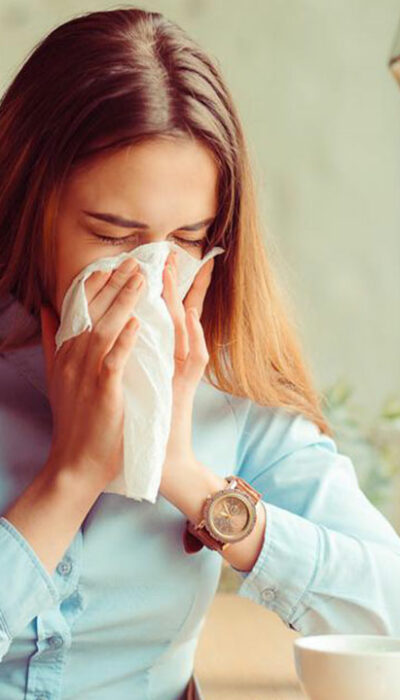
10 Tried and Tested Treatment Methods for Curing Nasal Congestion
Nothing irritates a person more than sniffling throughout the day, and the very fact that it is the harbinger of other diseases should make you wary of it. What starts as an itchy throat can lead to a full-fledged case of nasal congestion. The human body has the ability to protect itself from various diseases, and the immune system is what helps it in this endeavor. However, due to poor diet or the magnitude of the disease, at times, the immune system fails to protect the body from the onslaught of diseases. Nasal congestion is one such infection which the body’s immune system couldn’t ward off. Though various treatments for nasal congestion are available, it causes great discomfort till the time it lasts. There’s not just one cause of nasal congestion; it stems from different sources. Irrespective of what is the source of nasal congestion, the treatment for nasal congestion is directed towards curing it of the roots. The causes and symptoms of nasal congestion Usually, common cold has been identified as the cause of nasal congestion. The common cold is known to give the individual a runny nose, which is a symptom of nasal congestion. However, one cannot simply limit the causes of nasal congestion to the common cold. Nasal congestion occurs when the nasal passage is blocked since the membrane lining of the passage is swollen due to inflammation of the blood vessels. It’s not just a common cold that results in such condition; there are other factors that cause nasal congestion. They are as follows: Various elements in the environment can irritate the individual when he comes in contact with it. These are often responsible for triggering nasal congestion. Nasal congestion is also caused due to a deviated septum. Another cause of nasal congestion is hay fever.










